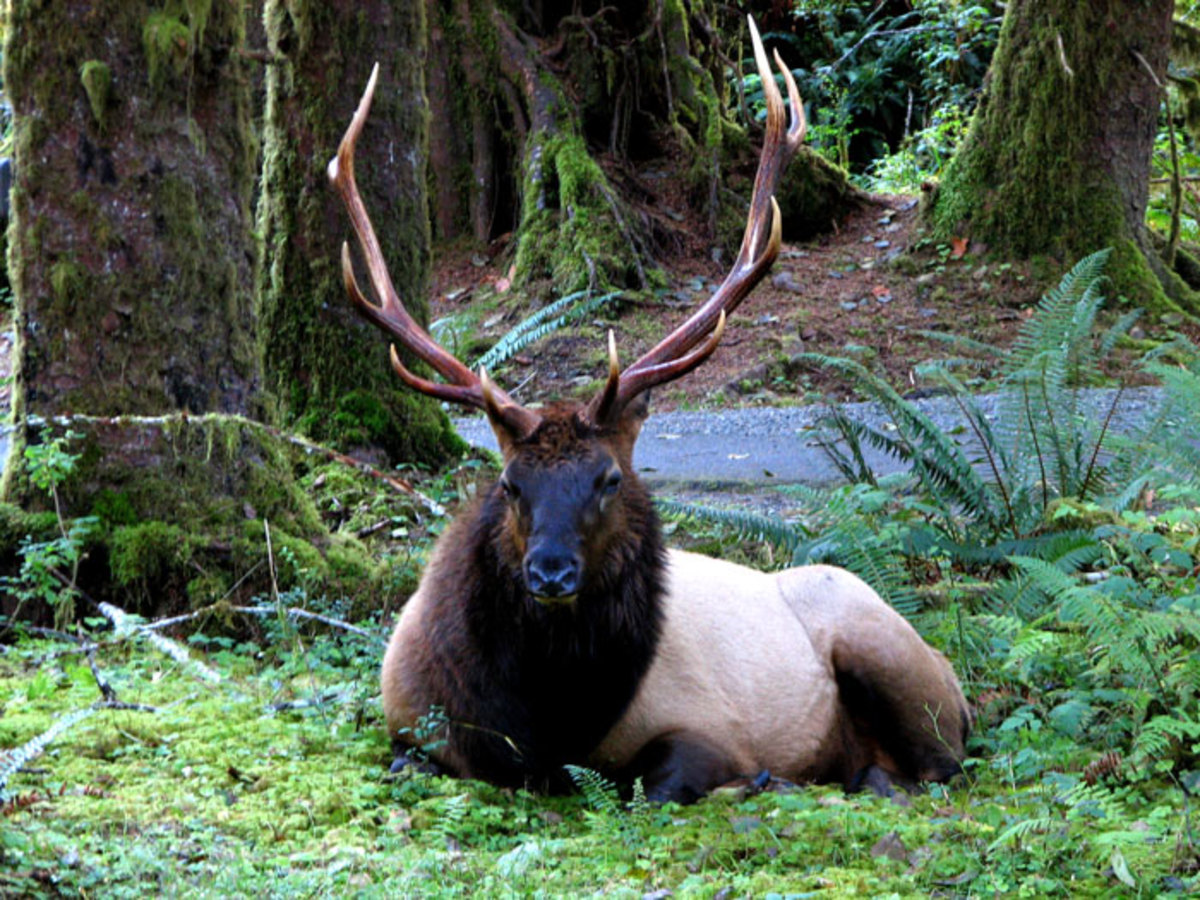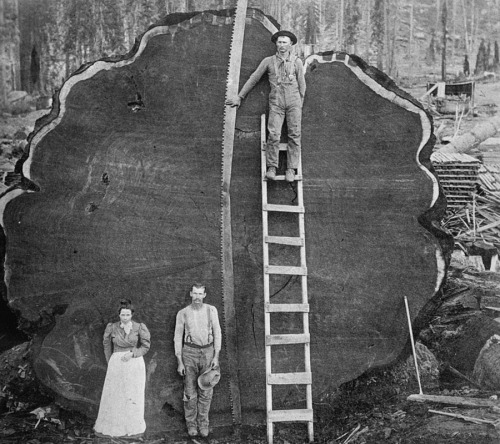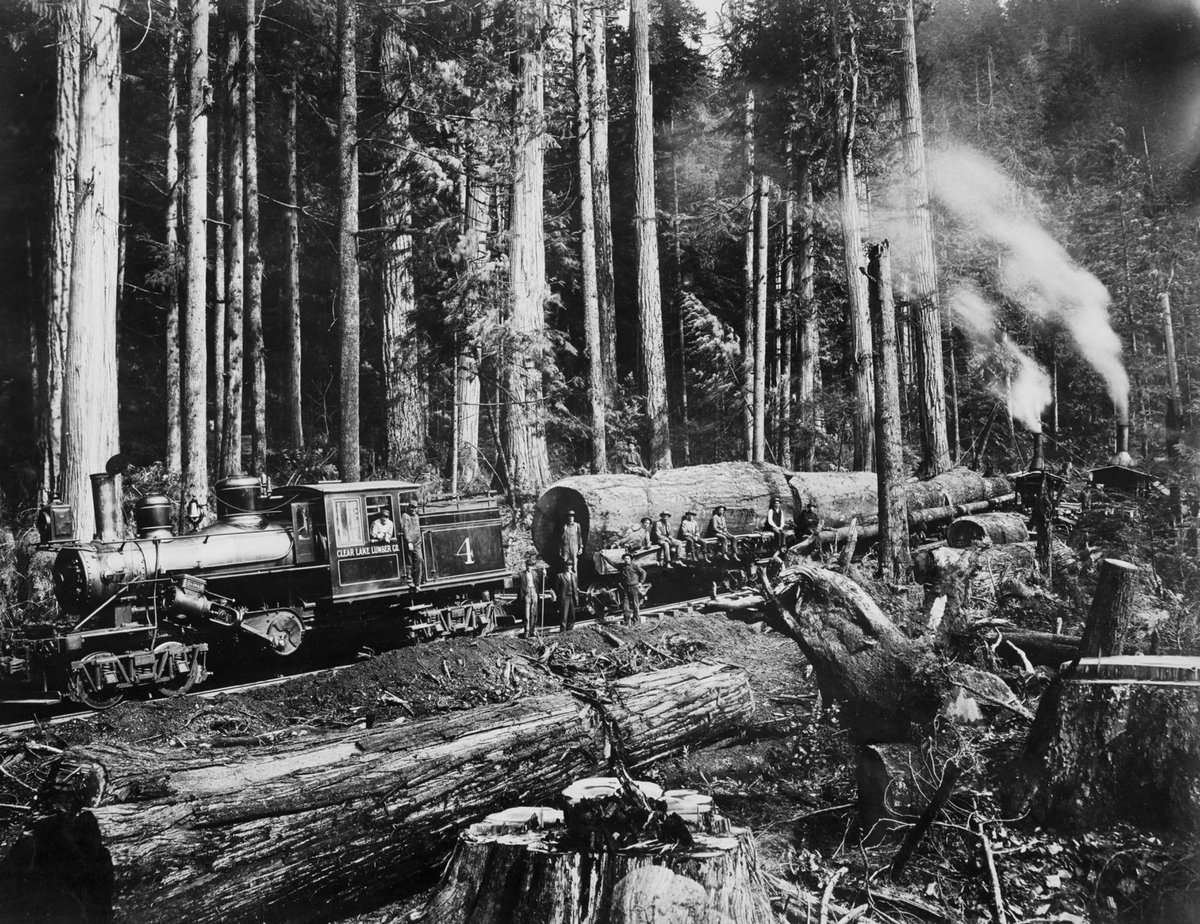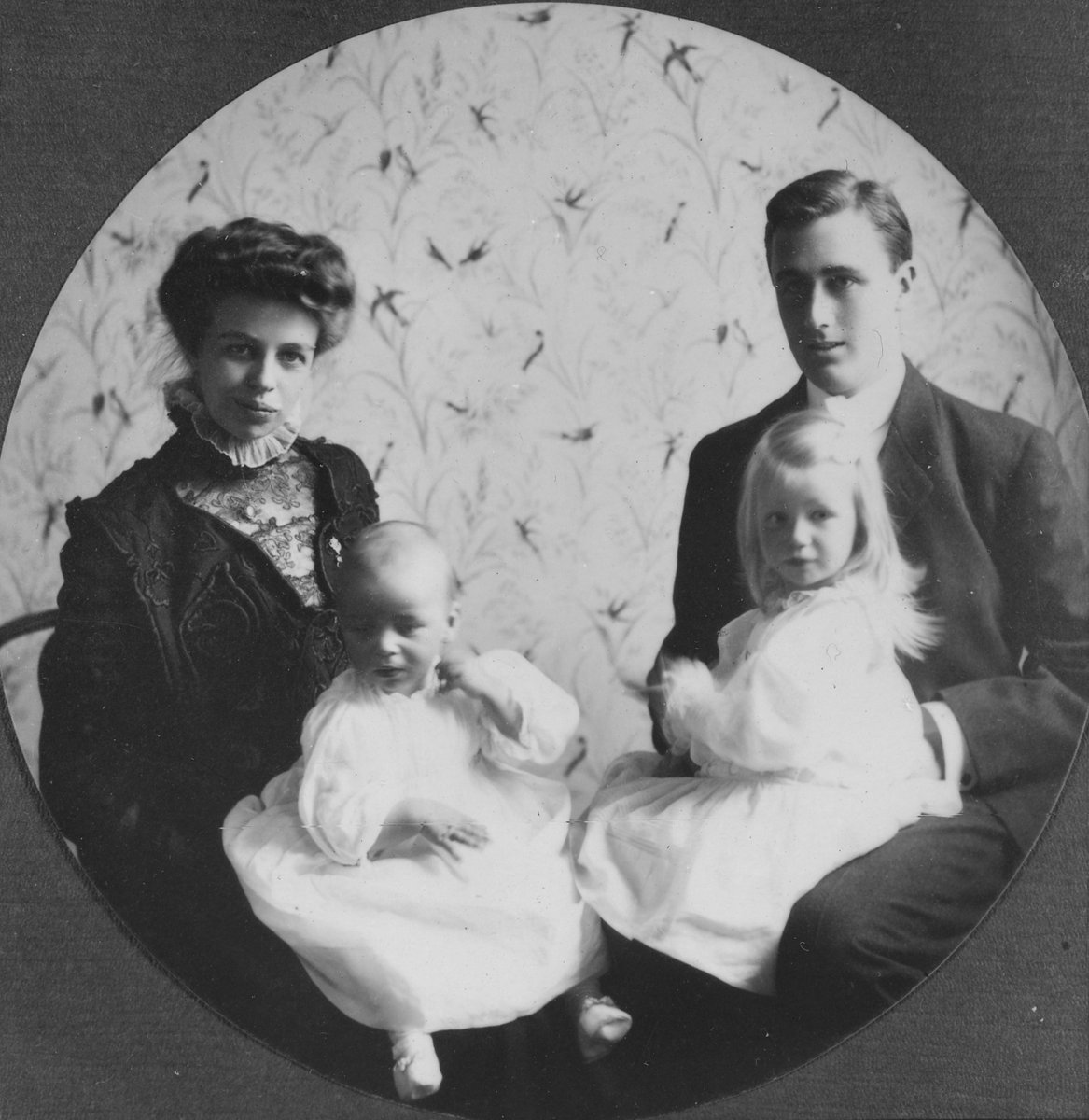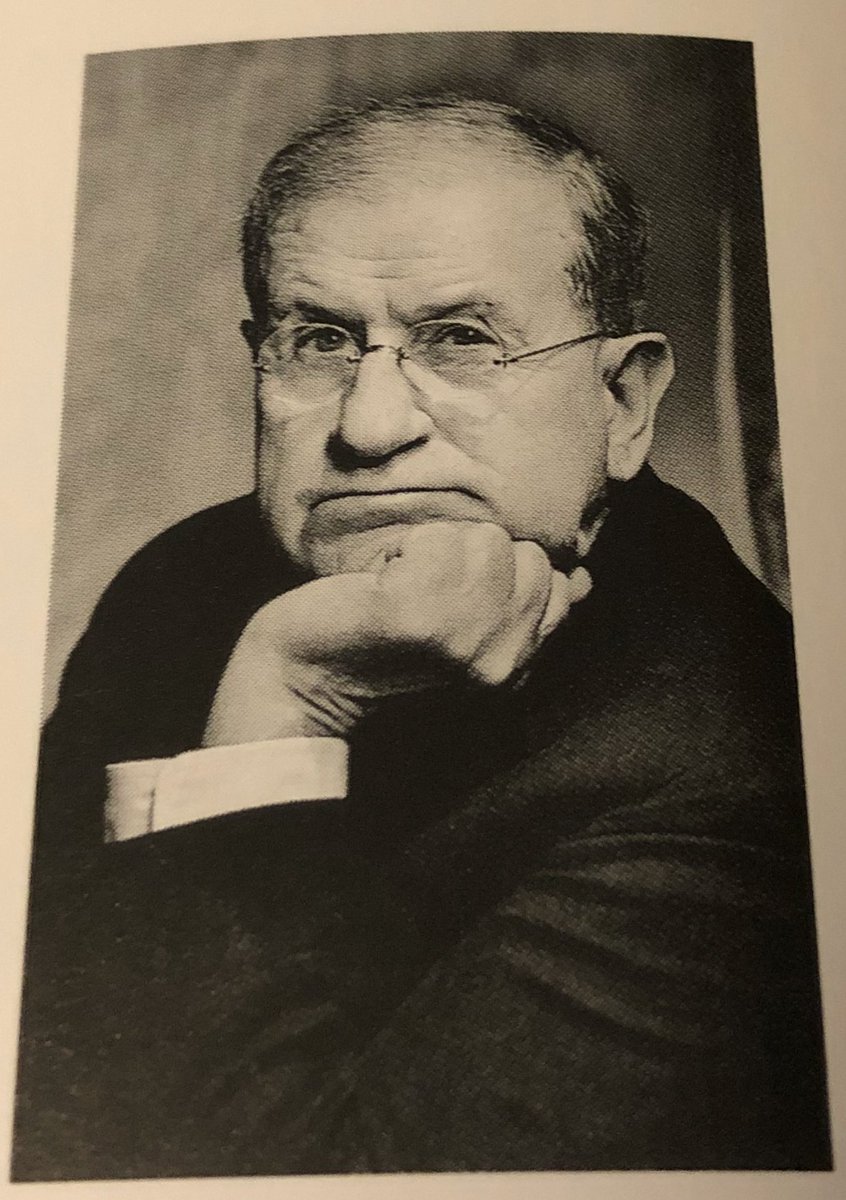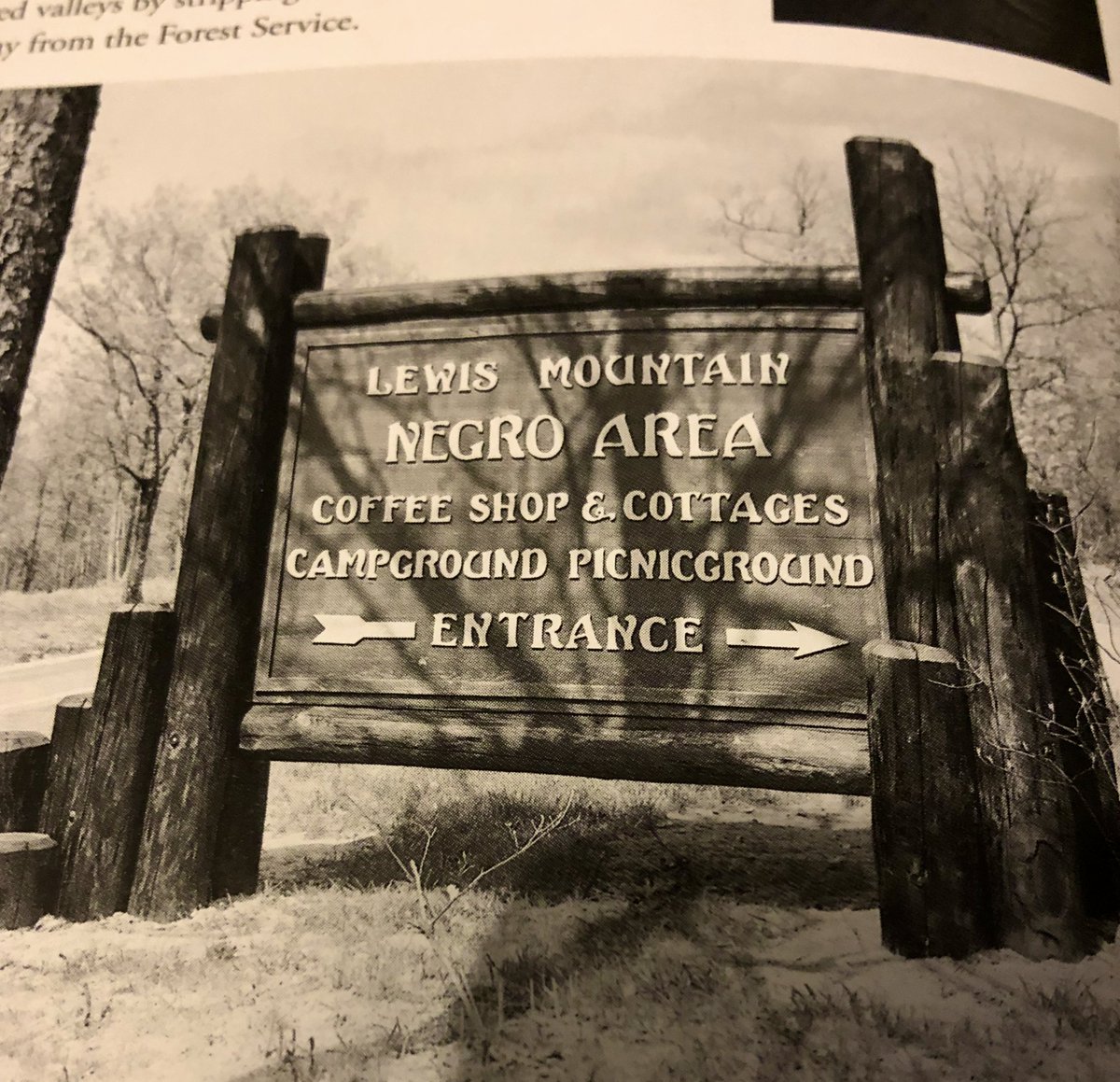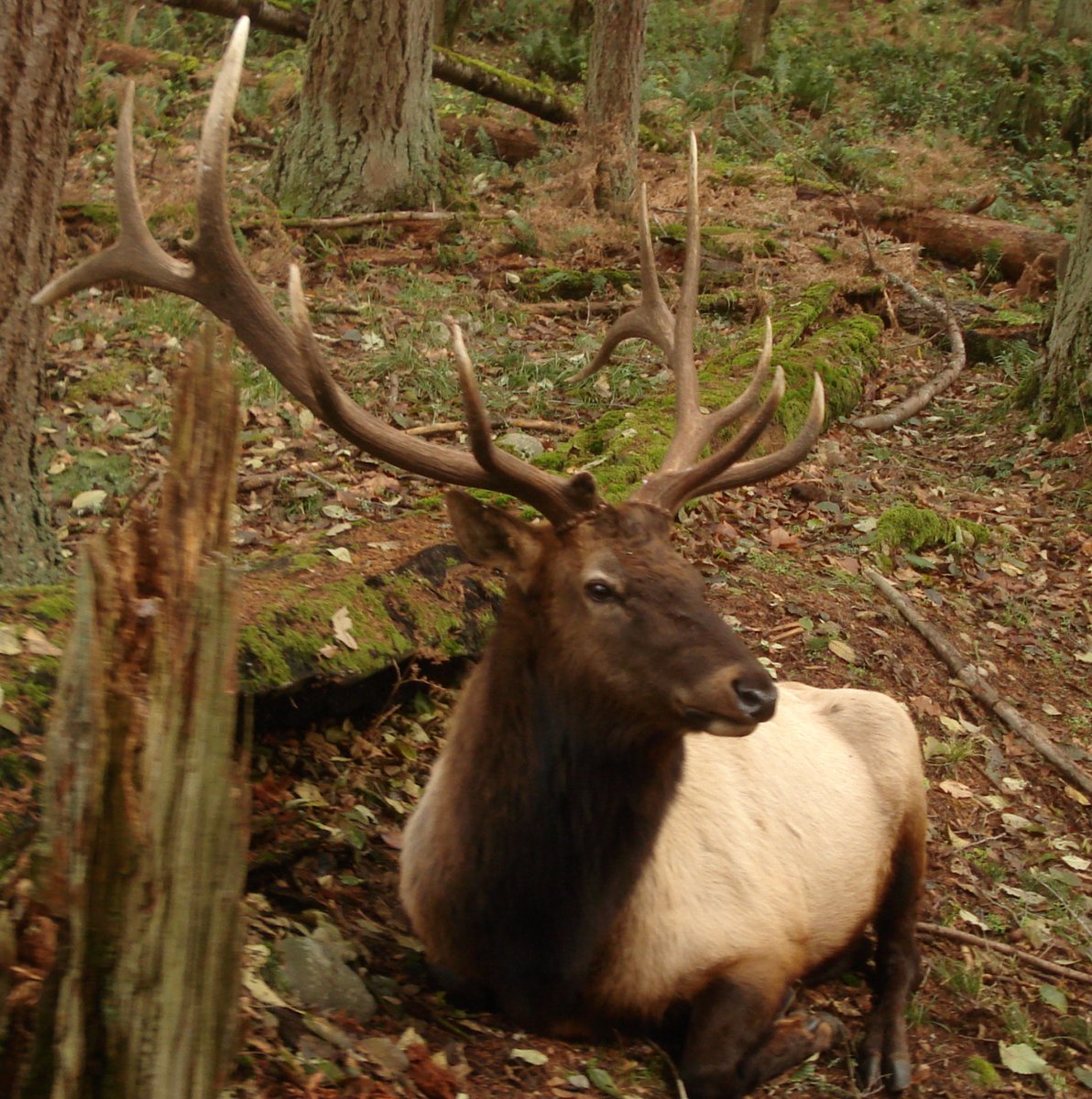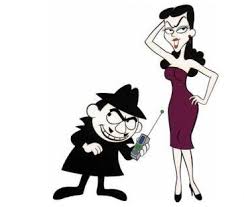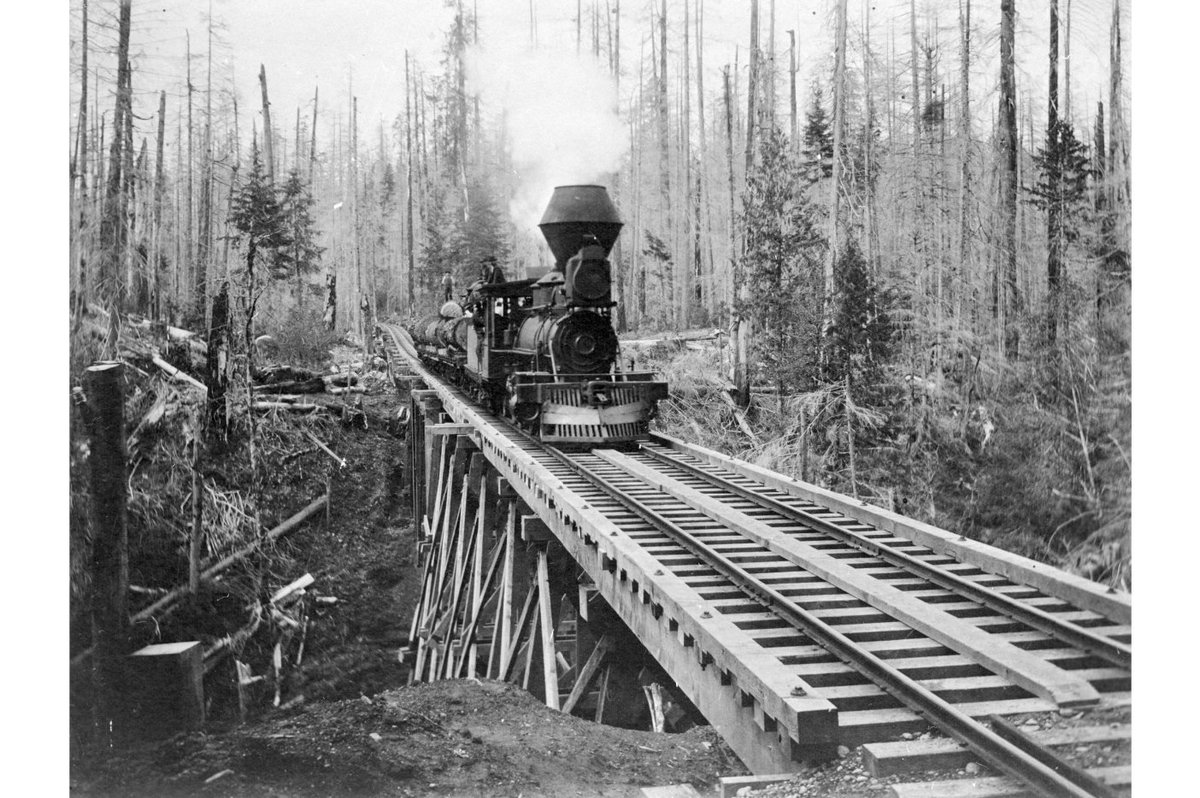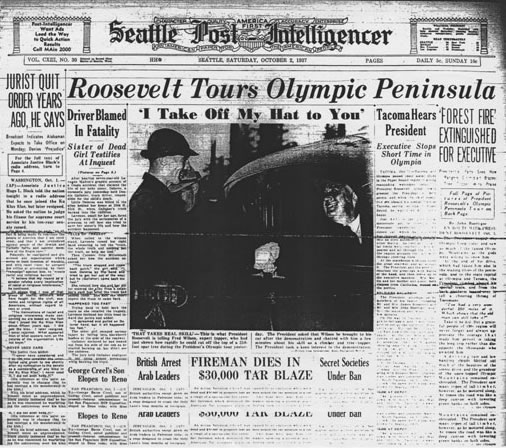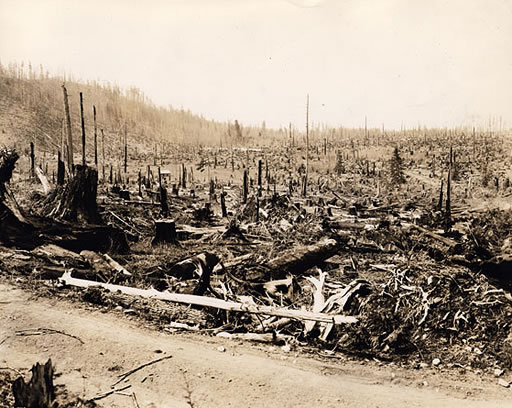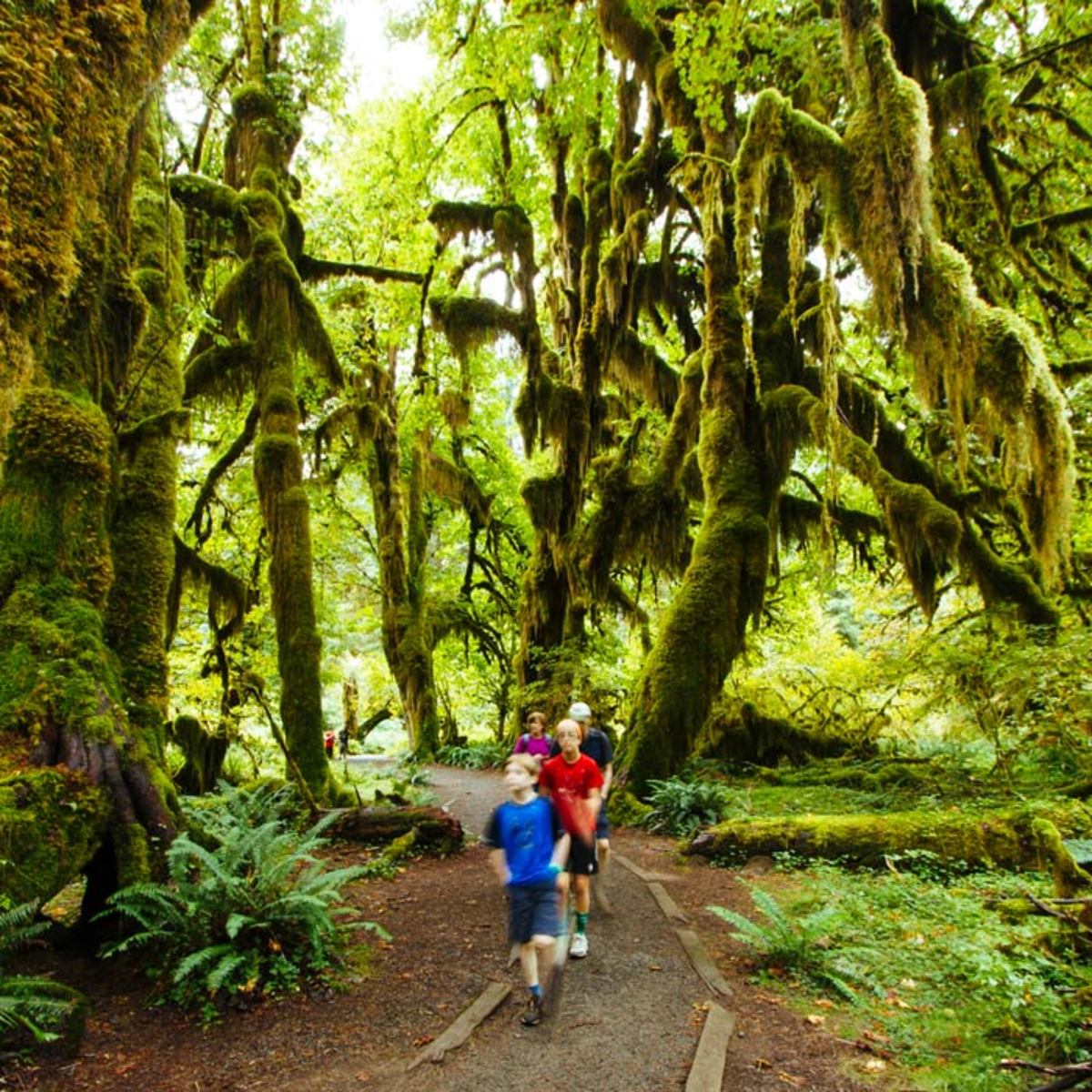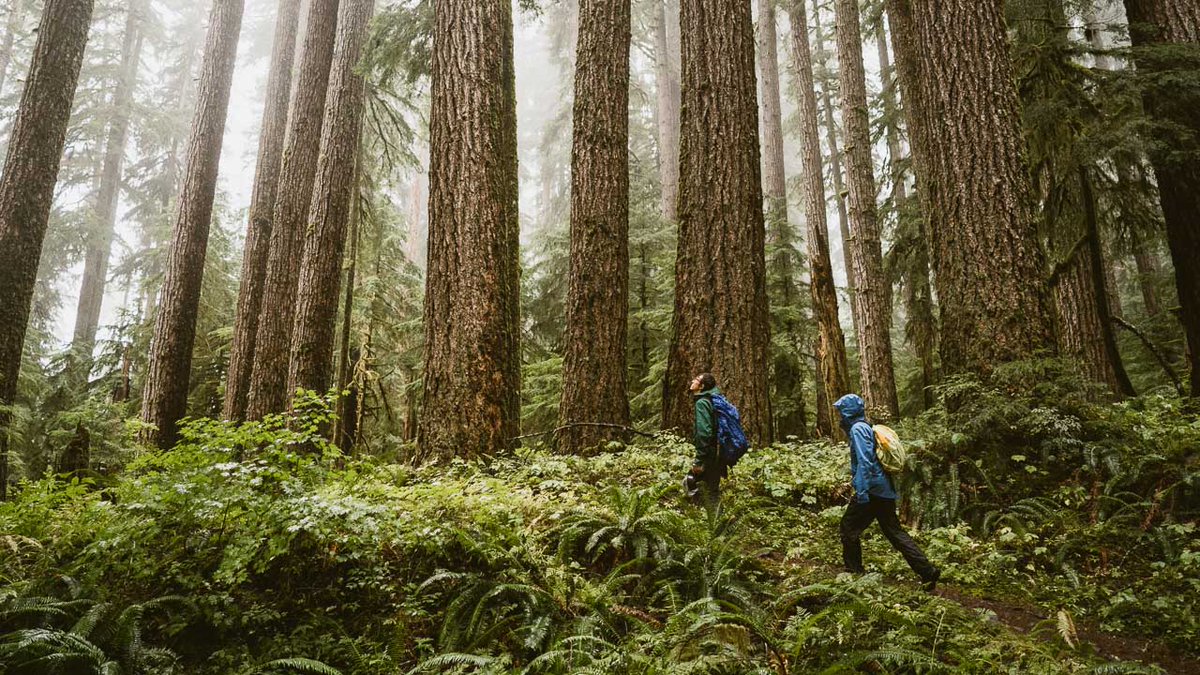1. Fun Fact: The Olympic National Park in Washington State came into existence because the President of the United States was pissed. What's weird is that this fact is so hard to find online. Extra points if you can find out why! @cookietpa @philjschaus
2. It might be one of those things ya have to just know. But the story *is* online. I'll hopefully make time to tell the story tomorrow.
Good night all!
Good night all!
3. This development is highly relevant to the story. https://twitter.com/Olivianuzzi/status/1349732018519564302
4. As is this story. https://tdn.com/mount_st_helens/logging-the-blast-zone-memories-of-ash-like-powdered-sugar/article_4db1f0ef-0782-514f-823d-5a9159979dce.html
5. As is this from December 1990. Extra points for having heard of Sequim and knowing how it's pronounced :)
https://www.washington.edu/alumni/columns/top10/timber_town.html
https://www.washington.edu/alumni/columns/top10/timber_town.html
6. Here's the National Park Service. Cascade Mountains not Olympics, but what's said here applies to both ecosystems. There's a theme here.
Remember, a National Park came into existence because the President was pissed.
https://www.nps.gov/mora/planyourvisit/upload/Old-Growth-Forest-Dec18.pdf
Remember, a National Park came into existence because the President was pissed.
https://www.nps.gov/mora/planyourvisit/upload/Old-Growth-Forest-Dec18.pdf
7. Trees are America's renewable resource, right? Since they only take 800 years to replace, that's renewable!
8. You'll notice the trees are larger than the steam engines pulling them.
https://timeline.com/logging-photos-of-washington-states-old-growth-forests-bf18aef19955
https://timeline.com/logging-photos-of-washington-states-old-growth-forests-bf18aef19955
9. So, the fun fact remains. Why the president was mad and what he did about it. And, of course, in front of whom he was mad.
10. The Sequim I just mentioned? Huh. There's only one Sequim, ya know. https://twitter.com/RandazzoTweets/status/1349172161756368897
11. Let's get to the story! You will have figured out it has something to do with logging, or with the timber industry. It does. What's strange is that I don't see any hint of the story on the National Park Service website. @cookietpa
12. Ken Burns did a film; I think was a 12-hour PBS series or something like that. There's a companion website, and there's also a companion book. I checked my shelf right here next to me, and luckily I have a copy of the book. My main source is page 298.
13. The central figure here is Franklin Delano Roosevelt, President of the United States 1933-1945. His wife Eleanor Roosevelt was a strongly influential First Lady, and rightly so. Here are FDR and Eleanor with their first two children, 1908.
14. FDR became the Assistant Secretary of the Navy in 1913. When World War I arrived, FDR asked to resign so that he could serve in the Navy. President Wilson refused, keeping him as Assistant Secretary of the Navy.
15. He gained the respect of union leaders in the shipyards for his fairness. Not one strike in seven-plus years of his time in office. He became paralyzed from the waist down in t he 1920s; believed to be polio at the time.
16. FDR was Governor of New York during the 1929 Crash and entering the Great Depression. He was elected President 1932, taking office 1933 - but not until March; I'm not sure why March.
FDR was the only four-term President; he's the one who did the bit with the New Deal.
FDR was the only four-term President; he's the one who did the bit with the New Deal.
18. Ickes himself (1874-1952) was quite a character. He was Secretary of the Interior for 13 years, the longest anyone has held the office. He was responsible for implementing much of Roosevelt's "New Deal".
https://en.wikipedia.org/wiki/Harold_L._Ickes
https://en.wikipedia.org/wiki/Harold_L._Ickes
19. One of his first acts was to abolish the Interior Department's segregated lunchrooms. Then he told the national parks in the south to simply ignore the Jim Crow laws requiring separate facilities for blacks. At Virginia's Shenandoah National Park, signs segregating
20. campgrounds were quietly taken down. Ickes tirelessly proposed new parks.
That brings us to 1937... and the Olympic Peninsula in Washington State west of Seattle.
That brings us to 1937... and the Olympic Peninsula in Washington State west of Seattle.
21. The Olympic Mountains trap the moist Pacific Ocean winds, bringing 160 inches of rain a year to nurture true rain forests with the largest specimens of Douglas-fir, red cedar, Sitka spruce, and western hemlock on the planet.
https://en.wikipedia.org/wiki/Picea_sitchensis
https://en.wikipedia.org/wiki/Picea_sitchensis
22. Almost 30 years earlier, in the final 48 hours of his presidency, Teddy Roosevelt (as played by Robin Williams) used the Antiquities Act to set aside 615,000 acres as Mount Olympus National Monument.
https://www.nps.gov/archeology/sites/antiquities/profileOlympic.htm
https://www.nps.gov/archeology/sites/antiquities/profileOlympic.htm
23. Teddy Roosevelt did it primarily to preserve the Olympic Elk.
https://en.wikipedia.org/wiki/Roosevelt_elk
https://en.wikipedia.org/wiki/Roosevelt_elk
24. Which became known as Roosevelt elk. Huh. I don't see anything online which actually *says* how the elk subspecies came to be named "Cervus canadensis roosevelti". But we likely can connect the dots. https://inaturalist.ca/taxa/566550-Cervus-canadensis-roosevelti
25. So Teddy Roosevelt, in the last days of his presidency, created Olympus National Monument. But six years later, "responding to pressure from timber and mining interests," President Woodrow Wilson cut the protected acreage in half.
26. Bears Ears, anyone? Yeah. Just like that. In fact, *exactly* like that - Bears Ears is *also* a National Monument managed by the U.S. Forest Service.
https://www.fs.usda.gov/visit/bears-ears-national-monument
https://www.fs.usda.gov/visit/bears-ears-national-monument
27. In case you lost track, here's what happened to Bears Ears. Obama protected the "extraordinary archaeological and cultural record."
But there was uranium. Trump reduced the area by 85 percent. The primary lobbyist, Andrew Wheeler, now heads the EPA. https://www.washingtonpost.com/graphics/2019/national/bears-ears/
But there was uranium. Trump reduced the area by 85 percent. The primary lobbyist, Andrew Wheeler, now heads the EPA. https://www.washingtonpost.com/graphics/2019/national/bears-ears/
28. I need to make a careful distinction between the National Park Service and the Forest Service. "National Park" rather sounds like forests, and "Forest Service" also sounds like forests, so they should be pretty much the same, right? Maybe even redundant?
No. NO! No! NO! Nope
No. NO! No! NO! Nope
29. The Forest Service manages public land, balancing public recreation with mining, logging, and so on. So far as our story is concerned, the corporations own the Forest Service.
That's the problem with a National Park. You can't mine uranium or cut down all the trees.
That's the problem with a National Park. You can't mine uranium or cut down all the trees.
30. So, if you want to turn a National Forest into a National Park, you are yanking free money out of the timber companies' hands. And the sawmills, the loggers, the whole economy. Free money in the sense that the trees are there, all you need to do is find them and cut them.
31. By this point (1937), ten different bills had gone through Congress to turn parts of the Olympic Peninsula into a National Park.
You can see why this is such a problem. The largest trees on the planet (for certain species). Free money by the board foot.
You can see why this is such a problem. The largest trees on the planet (for certain species). Free money by the board foot.
32. These are trees so big you needed to cut them into five parts just to load them on railroad cars. Thicker than a house is tall. That's a lot of wood - a seemingly unlimited supply of free money. Turn that into an untouchable National Park? No way.
33. So each of these attempts were part of the endless battle between the Forest Service (and the logging interests) and the Park Service.
Meanwhile, loggers were approaching the last virgin stands of primeval forest.
Meanwhile, loggers were approaching the last virgin stands of primeval forest.
34. Interior Secretary Ickes stated, such places were about to suffer the same fate as a pig in the stockyards. "All that is left," he noted, "is the squeal."
So the President, FDR, decided to come out and have a look for himself.
So the President, FDR, decided to come out and have a look for himself.
35. Now it gets good. Pay attention here! The President's visit was arranged *by the Forest Service* and its allies in the lumber and pulp mill industries, all of them intent on convincing Roosevelt that a national park would ruin an already suffering local economy.
36. Now, this is twitter. This is where I pause and ask you to let that sink in. Understand the situation, and understand who set up the trip.
Get it? Got it--good.
Get it? Got it--good.
37. No detail had been overlooked.
They excluded any Park Service official - including the superintendent of the National Monument - from the invitation list.
They excluded any Park Service official - including the superintendent of the National Monument - from the invitation list.
38. They scheduled a massive logging train to rumble past the president's lodge during his breakfast, a reminder of the jobs at stake.
39. They moved a sign marking the national forest boundary, giving the impression that a heavily logged area, now several square miles of burned stumps, was not on Federal land.
40. "I hope the son-of-a-bitch who is responsible for this is roasting in hell," Roosevelt said when he saw the devastation, not realizing that he was looking at a national forest and his guide was the forest supervisor.
41. But the deception backfired. Roosevelt had been warned by a park supporter that an attempt might be made to give him just one side of the story, so he insisted that Park Service officials be summoned to his room for a personal briefing. https://www.historylink.org/File/5434
42. Every time a forester later tried to dispense partial information, he found himself corrected by the President of the United States.
43. "And when Roosevelt learned from another anonymous tip about the Forest Service's shifting boundary marker, it only increased his commitment to protect the forest."
That's the polite way of saying our New Deal president was *pissed*. Guess what happened!
That's the polite way of saying our New Deal president was *pissed*. Guess what happened!
44. On June 29, 1938, with the president's passionate support, Congress converted the national monument to Olympic National Park *and gave Roosevelt the authority to further expand its boundaries*.
He made it 187,000 acres *bigger* than was planned. DANG.
He made it 187,000 acres *bigger* than was planned. DANG.
45. He saved "two of the most threatened valleys by stripping an additional 187,000 acres away from the Forest Service."
Threatened? By what? The loggers, of course. He saved the trees from the people who moved the sign.
Threatened? By what? The loggers, of course. He saved the trees from the people who moved the sign.
46. What's fun about Olympic National Park is that there are no interior roads. You can drive around the entire peninsula, and drive along the edges, but if you want to see the interior - unique on the planet - you have to walk. It is a long walk with several different ecosystems
47. So yes the loggers wanted to cut it all down. But finally, after 30 years, they managed to piss off the only 4-term president we ever had. The park came into existence, and he increased the boundaries even further - specifically to cut them off.
/end
/end
48. Okay, I can't resist. Let's follow-up on tweet 4.
I have some Fun Facts.
I have some Fun Facts.
49. Fun fact: When Mount Saint Helens blew up in 1980, most of the deaths were loggers. The logging companies had arranged special permits to keep cutting down trees in the deemed-unsafe zone. So when it blew, the loggers got cooked.
50. The Atlantic, of all places, has an EXCELLENT annotated photo show of the destruction. I'm not going to go looking for the timeline, logging zone permits, etc. It's well documented; especially Seattle Post-Intelligencer and Seattle Times. https://www.theatlantic.com/photo/2015/05/the-eruption-of-mount-st-helens-in-1980/393557/
51. Another fun fact: The Six Majors pin. Dad earned one. The Seattle Mountaineers award a pin for climbing the six major glaciated volcanic peaks in Washington State.
That takes some doing - and there's a catch.
That takes some doing - and there's a catch.
52. The catch is the list of six peaks: Mount Saint Helens, Mount Adams, Mount Baker, Glacier Peak, Mount Olympus, Mount Rainier.
Now for the qualification...
Now for the qualification...
53. "A peak pin and badge for climbing the six major Cascade volcanoes in Washington. You can only earn this one if you climbed Mount St. Helens before her eruption in 1980!"
54. So, of course, the Mountaineers don't expect many new applications for the Six Majors pin. I lack Glacier Peak and lack documentation for Mount Adams. But I was up St Helens in 1974... so... I have this weird thought from time to time of finishing out the pin :)
55. Fun fact: My rope partner on St Helens, Ron Siebold, was later killed when St Helens blew up. He was in the safe zone but the mountain blew sideways rather than up.
/end
/end

 Read on Twitter
Read on Twitter